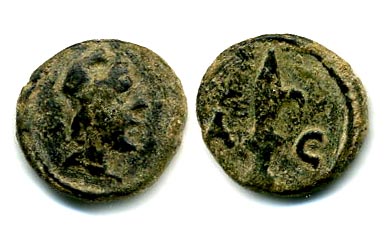Into the Antiquities Trade, by Kevin R. Cheek, Xlibris press, copyright 2003, list price $21.99 (but recently several used book web sites started selling for $2.70).
Chapter 1 describes selling ancient coins wholesale to Harlan J. Berk and visiting the Philip II exhibit at the Museum of Thessalonike in Greece. Chapters 2-3 describes illegally entering Afganistan during the Soviet occupation to buy antiquties from the Mujahideen. Chapter 4 includes attending an NFA auction and meeting people involved with the Dekadrachm Hoard.
A lot of pages discuss 'cultural property' issues. The author, an antiquities dealer and owner of
Apolonia Ancient Art) takes the pro-collecting position. Chapter 5 is devoted to cultural property theory.
In chapter 6 the author is recruited by an American spy to watch for terrorists in the art world. Chapter 7 finds the author buying Cambodian antiquities from figures in the Thai military.
Chapter 8 is a return to the US, selling coins to dealer Dennis With. Mr. With turns out to be a colorful criminal.
Chapter 9 takes us to South America to buy antiquities and the discovery of secret Muslim bankers operating there.
Fakes and authenticity is discussed in chapter 10. 11 is about the Taliban blowing up the giant Buddhas. 12 covers Giacomo Medici's trial (the author takes the pro-Medici position). 13 is about
that gold phile. Chapter 14 covers the trial of dealer Frederik Schultz and the legal precedent his case may have established. The final chapter is more thoughts on antiquties policy.
The best parts of the book are the author's stories of his own adventures obtaining and selling coins and antiquities. The author has a lot to say about the trials but I sometimes couldn't tell if the story presented came from other published accounts or if Cheek was giving a new inside story.
Xlibris is a print-on-demand vanity publisher. The book could have used additional proofreading. The writing is good and the first nine chapters tell good stories.
